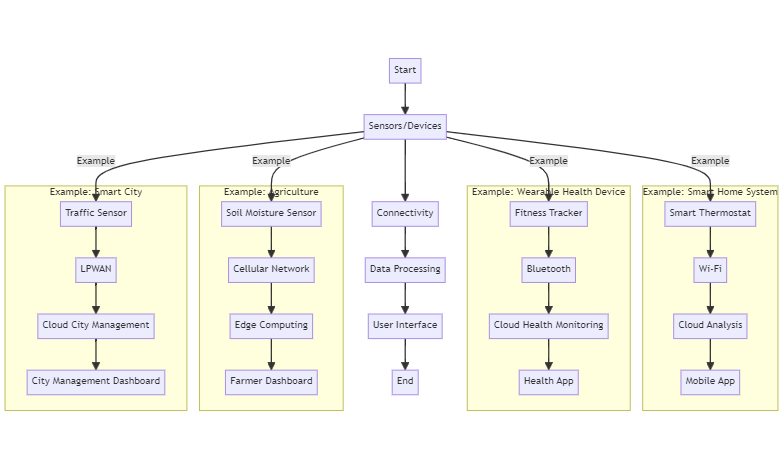Quantum computing is a revolutionary field of computing that leverages the principles of quantum mechanics to process information. Unlike classical computers, which use bits as the smallest unit of data (representing 0 or 1), quantum computers use quantum bits or qubits. Qubits can represent 0, 1, oRead more
Quantum computing is a revolutionary field of computing that leverages the principles of quantum mechanics to process information. Unlike classical computers, which use bits as the smallest unit of data (representing 0 or 1), quantum computers use quantum bits or qubits. Qubits can represent 0, 1, or both simultaneously due to a property called superposition. This allows quantum computers to perform many calculations in parallel.
Another key principle is entanglement, where qubits become interconnected such that the state of one qubit can depend on the state of another, no matter the distance between them. This interdependence enables quantum computers to solve certain complex problems much faster than classical computers.
Quantum computing holds the potential to revolutionize fields such as cryptography, optimization, and drug discovery. For instance, it could break widely used encryption methods by efficiently factoring large numbers, a task infeasible for classical computers.
However, quantum computing is still in its infancy, with significant technical challenges to overcome, such as maintaining qubit stability and error correction. Despite these hurdles, advancements continue, bringing us closer to realizing the vast potential of quantum computing
See less



Here are some ethical considerations surrounding the potential biases and misinformation spread by LLMs ¹ ²: - Bias Reduction Techniques: Organizations must implement bias detection tools into their process to detect and mitigate biases found in the training data. - Lack of social context: AI systemRead more
Here are some ethical considerations surrounding the potential biases and misinformation spread by LLMs ¹ ²:
– Bias Reduction Techniques: Organizations must implement bias detection tools into their process to detect and mitigate biases found in the training data.
– Lack of social context: AI systems lack the human social context, experience, and common sense to recognize harmful narratives or discourse.
– Lack of transparency: The black-box nature of complex AI models makes it difficult to audit systems for biases.
– Reinforcement of stereotypes: Biases in the training data of LLMs continue to reinforce harmful stereotypes, causing society to stay in the cycle of prejudice.
– Discrimination: Training data can be underrepresented, in which the data does not show a true representation of different groups.
– Misinformation and disinformation: Spread of misinformation or disinformation through LLMs can have consequential effects.
– Trust: The bias produced by LLMs can completely diminish any trust or confidence that society has in AI systems overall.
See less